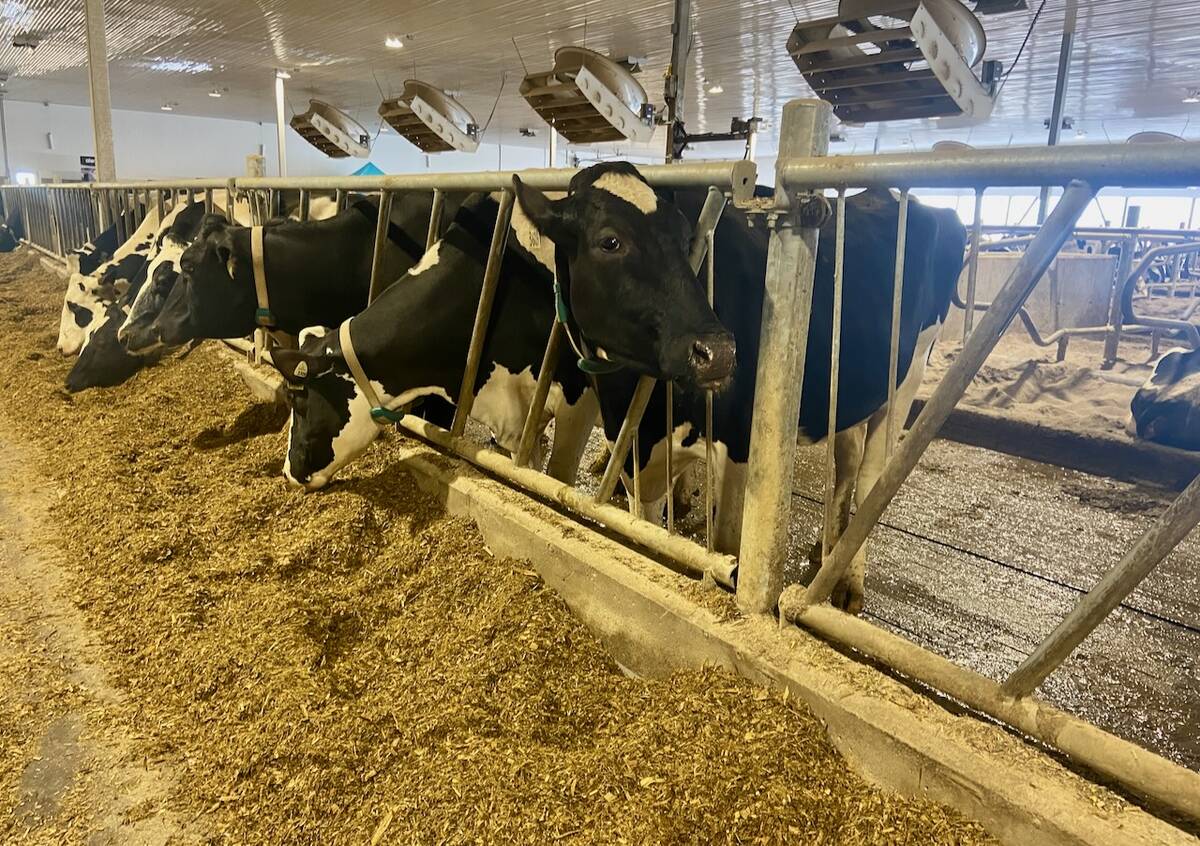Lack of detail sometimes a problem | Almost any feature can be added, such as fences and wells
Grant and Gerry Taillieu of the Tomahawk Cattle Ranch hope to map most of their 14,000 acre ranched with Google Earth over the next couple years.
“For us, it’s going to be a great tool,” said Gerry.
The father and son have already used the satellite imagery tool to map the fields, fence lines, buildings, water courses and waterholes of the ranch they manage in west-central Alberta. They believe the satellite maps will be a valuable ranch tool.
“There is no end to what a person can do,” said Gerry, who admits to letting his son do most of the computer mapping.
Read Also

U.S. farm group supports supply management
U.S. grassroots farm advocacy group pushing new agriculture legislation that would move towards supply management like Canada has for dairy industry
Almost anything can be added to the maps: pipelines, fences, weeds, water holes, trails, wells and the slope of the land.
“It just takes a few clicks and a fence is built,” said Gerry.
They hope mapping and measuring the acreage of every field will be biggest benefit. Fence lines on the ranch don’t correspond to quarter lines, and it’s more guess work than science to know how many acres are in each pasture.
“Long term it might be a really useful tool.”
Grant said he likes the ability to click a button and see the ranch and fields in three dimensions.
“Anytime you can visualize something, it gives you a better perspective,” he said. “It’s also a great way to chart drainage and water courses and plan for dugouts.”
Torsten Flyng, conservation agriculture and extension specialist with the West Central Forage Association, which hosted a mapping webinar, said the poor quality maps of rural areas have frustrated some producers.
Many of the maps are five or six years old and are not high enough quality to zoom in on fine details.
“You can’t zoom in and see into the kitchen, but you can get a general layout of the land,” said Flyng.
Kevin Serfas of Turin, Alta., said he often uses Google Earth mapping.
“The only problem is the maps are old, usually at least five years old. And some aren’t good resolution,” Serfas said in a tweet.
Matthew Stanford agreed: “The age of the maps and the time of the year the images were captured dictates usefulness,” he tweeted.
Rod Turner of Amisk, Alta., said the resolution of maps seems to be better in oil and gas areas of the province.
“Resolution improved in last three years.”
Flyng recommends taking the webinar to learn how to navigate the mapping program.














